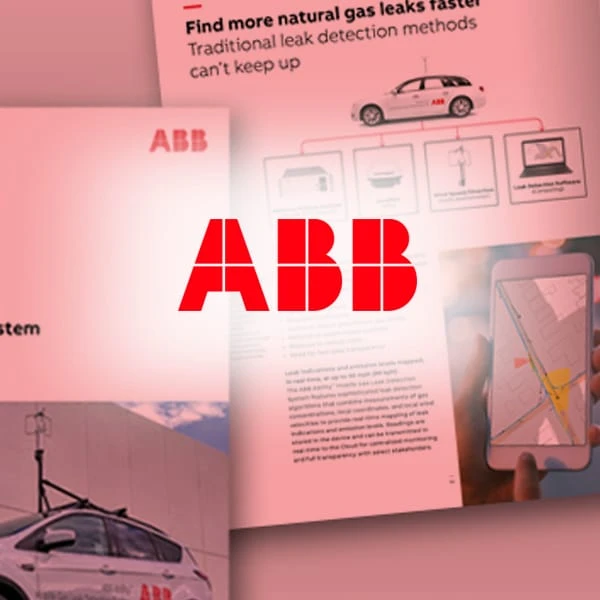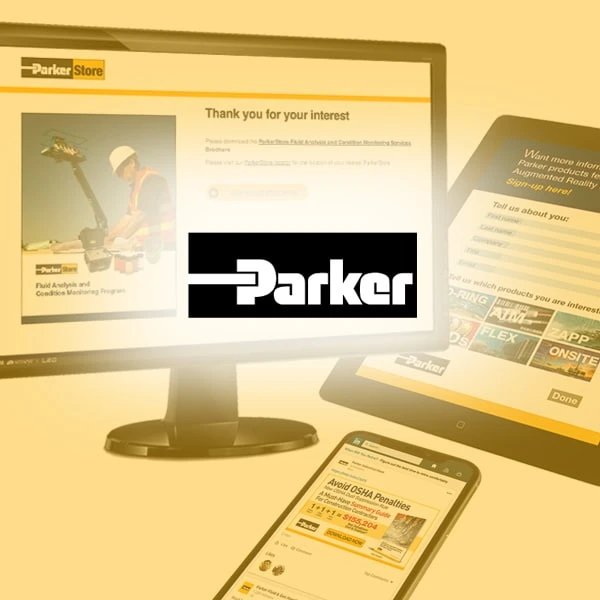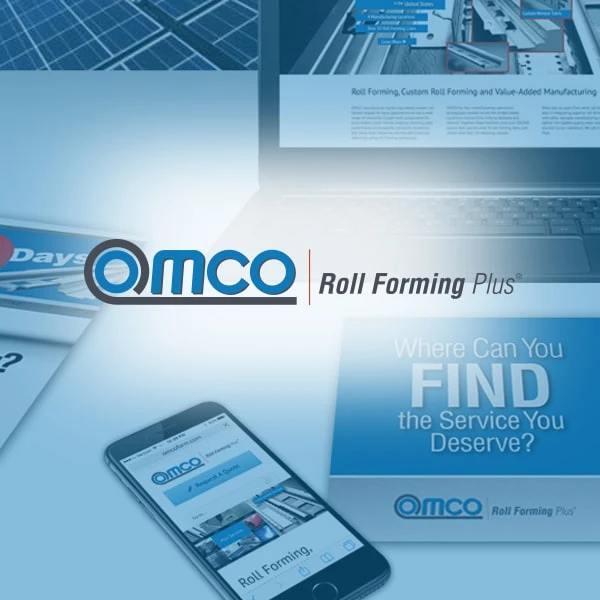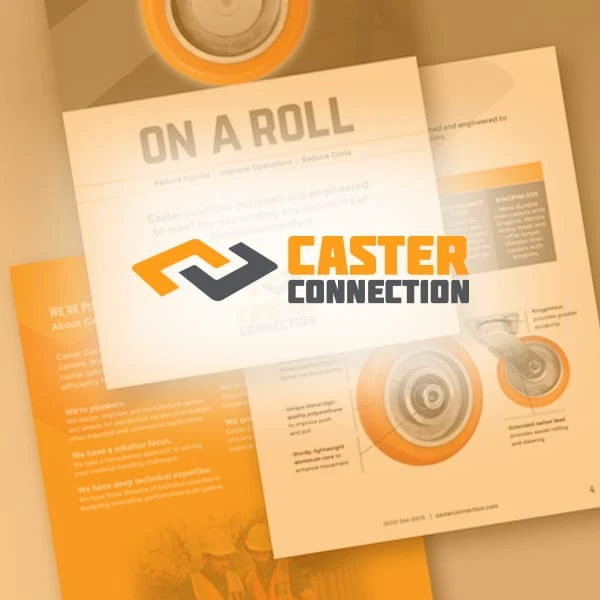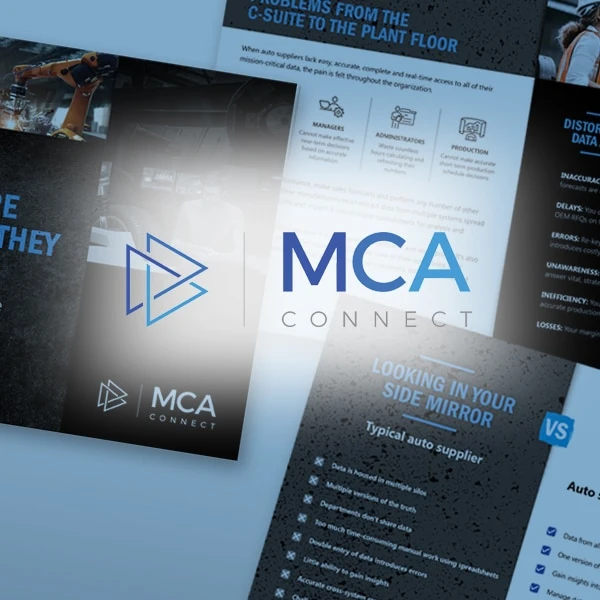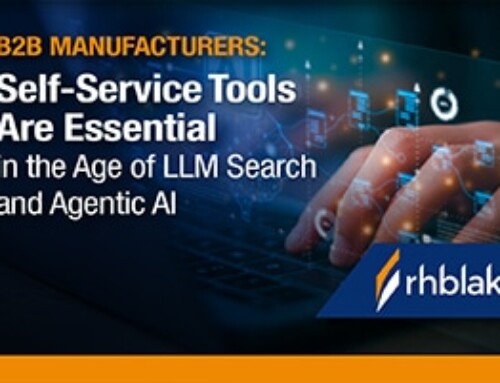How (and Why) to Build a Community on LinkedIn
As a manufacturing marketer, you need more than polished LinkedIn ads and product posts to capture attention. You need connection.
This is why forward-thinking industrial brands are building communities on LinkedIn. Unlike company pages that broadcast messages, LinkedIn communities foster conversations and trust among people with shared interests. They give manufacturers a way to position themselves as industry leaders, strengthen relationships with customers and partners, and stay top of mind without always having to sell. A thriving LinkedIn community delivers long-term business value, from brand awareness to lead generation.
First, a definition
A B2B community on LinkedIn is an informal collection of LinkedIn users that gathers around a thought leader. They gather informally. That is, they don’t sign up for anything, or join a Group. They simply choose to follow and engage with a thought leader and others in the community.
The key thing to understand about a successful LinkedIn community is that it’s organic. It’s an engaged ecosystem where discussions thrive, members feel valued and the thought leader fosters a sense of belonging. The community exists because of the thought leader, but the community is not about them. The community is really about the shared knowledge, discussions and connections that emerge.
Successful B2B communities on LinkedIn share 10 characteristics.
1. Strong, Clear Leadership
The thought leader is highly visible and consistent in sharing valuable insights. They regularly post original content that is practical, insightful, and forward-thinking, rather than generic or promotional. They engage directly with their audience, responding to comments and fostering discussions. As we reveal in our 2025 Thought Leadership in Manufacturing Report, effective thought leadership offers unique perspectives that are not widely addressed elsewhere.
2. Hyper-Relevant Expertise
Thought leaders who build communities post almost zero lifestyle content and selfies. Instead, they share their expertise, discuss trends they are seeing, offer practical strategies and tactics—real thought leadership.
3. Consistent, High-Quality Content
Posts are educational, opinionated, and valuable, offering deep insights rather than surface-level takes. Content includes a mix of formats: text posts, LinkedIn articles, video snippets, carousel posts, and even polls to encourage engagement. Topics focus on industry pain points, emerging trends, expert analysis, and case studies.
4. Active, Engaged Community Members
Followers don’t just “like” content. They comment, challenge, discuss, and share their own experiences. Community members start engaging with one another, forming a peer-to-peer dialogue instead of just reacting to the thought leader. The conversation goes beyond LinkedIn posts, sometimes spilling into direct messages, Zoom calls, or even in-person events.
5. Authenticity and Trust
The thought leader does not post overly polished corporate content; instead, they share personal insights, honest opinions, and even behind-the-scenes challenges. Posts are unfiltered and human, sometimes featuring industry “hot takes” that encourage debate. Transparency builds credibility, whether sharing personal experiences, customer stories, or even failures.
6. Community-Centered, Not Self-Promotional
The thought leader does not constantly sell their product or service. Instead of self-promotion, they promote discussions by asking thought-provoking questions, running surveys, or sharing unique industry data. When they do mention their company, it’s contextualized within valuable insights rather than as a sales pitch.
7. Network Effects and Virality
Posts often spark discussions that spread organically because people tag their colleagues or share insights in their own networks. Community members begin referencing the thought leader’s ideas in their own posts, expanding the reach. Over time, the community develops its own jargon, themes, or inside references, creating a sense of belonging.
8. Collaborations and Cross-Pollination
The thought leader collaborates with other experts in the industry, co-authoring posts, hosting live discussions, or featuring guest insights. This creates a richer, more dynamic community where different perspectives are shared.
9. Momentum Outside of LinkedIn
The best B2B communities don’t just live in LinkedIn comments. They extend into webinars, podcasts, newsletters, and industry events. Members recognize each other beyond LinkedIn and begin networking in real life, reinforcing the community.
10. Quality Over Quantity
Thought leaders with followings don’t post daily just for the sake of it. They invest time researching, drafting and polishing longer-form content, and focus on sharing a unique point of view. This usually means they post less often than once a day, but their content generates more engagement. According to our research, nearly 40% of B2B decision-makers in the B2B manufacturing ecosystem dedicate over six hours per week to engaging with thought leadership content. Among C-level executives, this commitment is even greater, with more than 66% spending over six hours weekly consuming such material.
How to Build a Community on LinkedIn
There are many ways that manufacturing marketers can build a community on LinkedIn. Here’s one approach that leverages thought leadership.
Start with LinkedIn Navigator. Use this tool to identify LinkedIn users who not only work at your target accounts but are also active on the platform. These are the people most likely to engage with your content and become part of your growing community.
Connect with them. Identify potential connections and then reach out and invite them into your network. A personal, relevant connection request opens the door to future interaction and establishes a professional relationship from the start.
Conduct proprietary research. Dive into a pain point, trend, or challenge your audience cares about. Original research not only positions your company as a thought leader but also gives you valuable insights you can share back with the community you’re building.
Interview key people at target accounts. As part of your research, engage directly with the decision-makers and influencers you want to reach. Get their feedback, experiences and perspectives. Then, with their permission, feature their insights in your research. This helps build authentic relationships while making your research richer and more credible.
Publish a report. Turn your findings into a professional report or insights paper. Publishing a resource like this gives your community something of real value and a reason to engage with your brand and with each other.
Post frequently about the report. Share insights, stats, and recommendations from the report in a steady stream of LinkedIn posts several times a week. This keeps the conversation alive and your community engaged over time.
Quote and tag your contributors. Give credit where it’s due. Every time you share a post based on your research, mention the people you interviewed or who contributed insights. Tagging them shows appreciation and also invites them and their networks into the conversation.
Encourage engagement. Prompt your audience to comment, ask questions, and share their own perspectives. The more dialogue you foster, the stronger and more vibrant your LinkedIn community will become, creating a feedback loop of value, trust, and connection.

"You guys met our expectations in every way. It [RH Blake Market Research] was the information we were looking for. Congratulations and Thank You!"
 Scott Griggs
Scott Griggs
Director of Services for Food Manufacturing and Food Service
ALS Global

"“I’ve gotten all that I’d hoped for from the RH Blake Growth Roadmap™ and more. Based on the research and insights, we adjusted our offering scope and sales approach. And this adjustment has been effective at generating new opportunities."
 Diane Reko
Diane Reko
President
REKO International

"RH Blake has been an outstanding partner. They deliver creativity, on time, and always so professional. We love working with them because of their perspective, support, and their efficiency in turning projects around quickly."
 Samantha Spano
Samantha Spano
Digital Product Marketing & Communications Manager
Industrial Automation Energy Industries
ABB
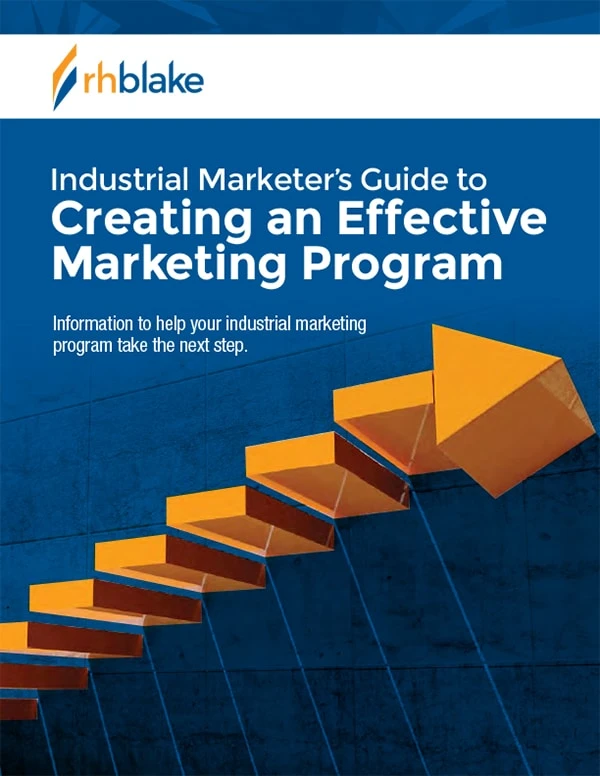
Industrial Marketer’s Guide to Creating an Effective Marketing Program
147 pages of actionable ideas to help you create a winning marketing strategy and program

Industrial Marketer’s Guide to Creating an Effective Marketing Program
147 pages of actionable ideas to help you create a winning marketing strategy and program
Related Clients



